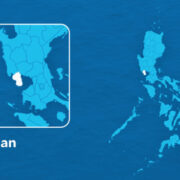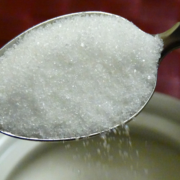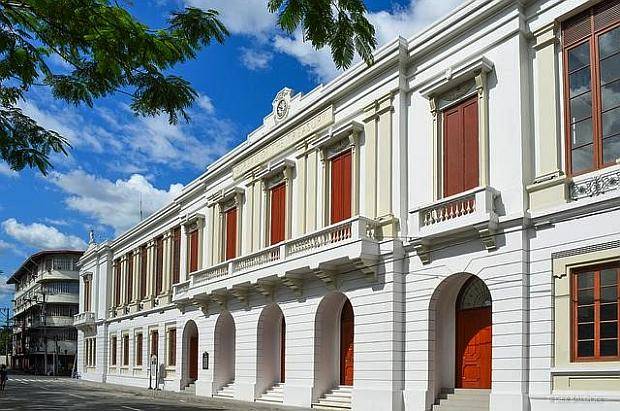Poll: Inflation may have sped up to 1.5% in June

Consumer prices may have increased at a faster pace in June after the war in the Middle East triggered an oil price shock while some key food items got costlier.
Inflation, as measured by the consumer price index (CPI), may have quickened to 1.5 percent year-on-year based on the median estimate of 14 economists polled by the Inquirer last week.
If the prediction comes to pass, the figure that the Philippine Statistics Authority will report on July 4 would mark an acceleration from the 1.3 percent CPI back in May.
But all economists in the poll agreed that inflation would continue to undershoot the 2 to 4 percent target range of the Bangko Sentral ng Pilipinas (BSP).
At the same time, all of them mostly placed the blame for the faster price growth on one key factor: high oil prices.
“June inflation had a lot of moving parts—parts that moved in different directions. For instance, energy prices moved in opposite directions,” said Aris Dacanay, economist at HSBC. He expected last month’s CPI to have settled at 1.5 percent.
“Retail gas prices surged as a reaction to rising tensions between Iran and Israel, only to have slightly moderated in the tail-end of the month when tensions de-escalated. On the other hand, electricity rates in Metro Manila fell due to lower generation charges,” Dacanay added.
But what motoring oil prices may have contributed to the June CPI was likely offset by generally low food prices. Analysts said rice prices may have continued to decline last month, although meat got costlier.
China goods
Meanwhile, the arrival of cheap products from China amid the ongoing US tariff storm that’s sending Chinese goods to alternative markets like the Philippines is helping keep the local CPI tame.
“While global factors such as US tariff adjustments may exert upward pressure and the short-lived higher oil price effects, these are likely to be offset by China’s ongoing export of deflationary goods,” Ruben Carlo Asuncion, chief economist at UnionBank of the Philippines, said.
“Meanwhile, rice deflation is expected to moderate, and inflation in nonrice components such as food, housing and services is poised to pick up in the second half of the year,” Asuncion, who also penciled in a June CPI of 1.5 percent, said.
Last month, the powerful Monetary Board trimmed the policy rate, which banks use as a guide when pricing loans, by a quarter point to 5.25 percent. It was a widely expected decision that brought the cumulative reductions under the current easing cycle to 1.25 percentage points.
Analysts said the manageable inflation last month would be supportive of further easing of monetary policy. But Alvin Arogo, economist at Philippine National Bank, said the drawback of low inflation in 2025 is an unfavorable base for 2026.
“This means that even a small reversal in the current disinflation momentum, such as from a sustained elevation in oil prices, can result in a temporary breach in the BSP’s target sometime next year,” Arogo said, while projecting a 1.5 percent inflation for June.





















